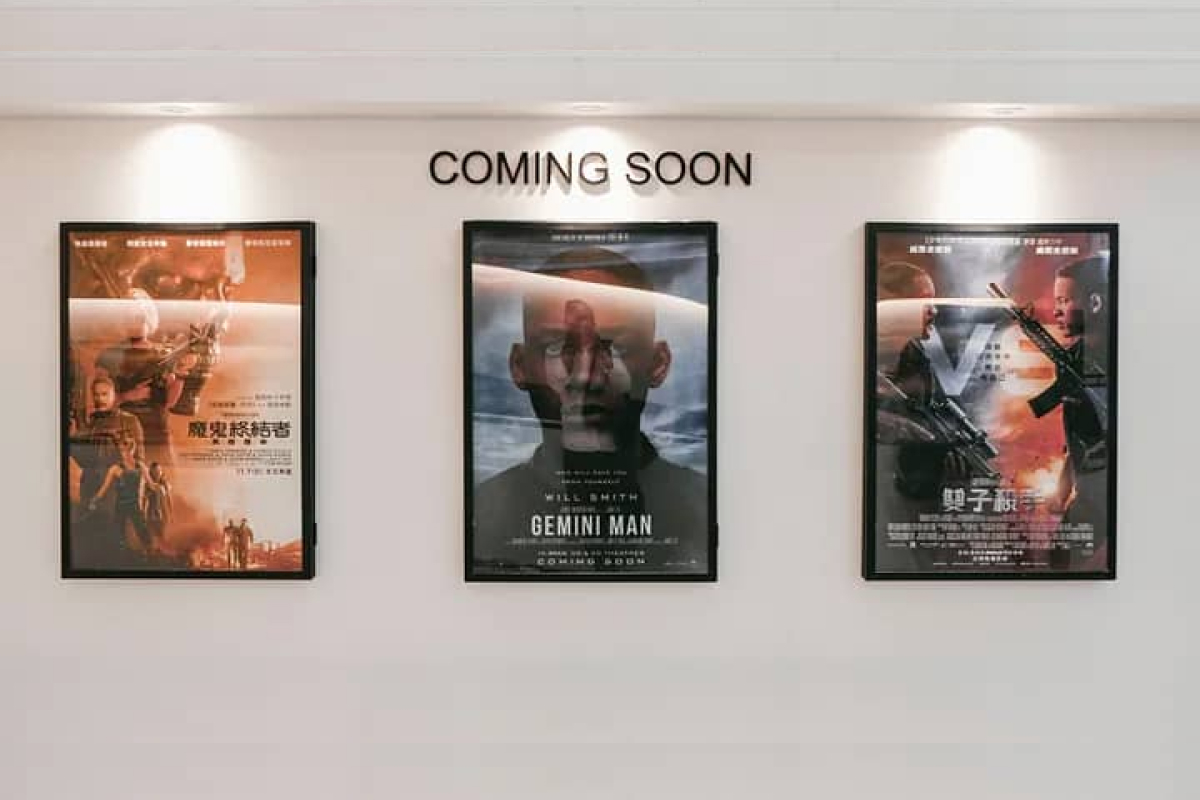
How Emotion AI Transforms Movie Trailer Analysis
Research shows that most people prefer movie trailers that are around two to three minutes in length. Do you enjoy watching movie trailers that are longer than usual? If so, that’s great! But if your answer is no, it may be time to consider why. These trailers might contain spoilers or their pacing may be too slow. Maybe the music or voiceover is too overpowering or the trailer doesn’t have enough excitement to keep you engaged.
People usually love watching movie trailers, while they rarely tolerate ads. Trailers provide a sneak peek into the film’s plot and characters, creating excitement and anticipation for the movie. Gone are the days of straightforward trailers that simply showed footage from the film. Today, movie trailers aim to evoke specific emotions and connect the audience to the film.
Factors Affecting Trailers
Making a trailer can be both easy and challenging, depending on a variety of factors such as the complexity of the content, the resources available, and the skills and experience of the person or team creating the trailer. For simple trailers, basic video editing software and equipment may be sufficient. However, for more complex trailers, especially for major Hollywood films or video games, the process can be much more challenging and require a larger budget and more resources. These trailers might involve elaborate post-production work, special effects, and high-quality sound and music design.
Why are trailers important beyond promoting films?

- Introducing the story and characters: Trailers summarize the story and introduce characters and themes.
- Setting the tone: Trailers give audiences a sense of what they can expect in terms of atmosphere and style.
- Building brand recognition: Trailers can help reinforce brand recognition and maintain the connection with fans.
- Reaching the target audience: Trailers are a way to reach the target audience and provide them with a glimpse of what is to come.
- Creating buzz: Trailers can generate excitement and create buzz for the main content, and increase the chances of a successful release.
Whether through humor, suspense, or emotional impact, the best trailers leave audiences wanting more and eager to see the full experience.
When you hear GTA, you might think of Grand Theft Auto. Well, that’s a common thought, but GTA also stands for the Golden Trailer Awards. The Golden Trailer Awards is an annual event that honors the creative minds behind Hollywood’s film and TV marketing. The awards recognize the best in trailers, teasers, TV spots, posters, and more, from independent artists to major trailer houses.
Consumers choose movies based on their moods, so movie marketers must carefully analyze a trailer’s representation to appeal to the audience’s mood. A study showed that a positive mood leads to a willingness to pay and watch a serious film, while a negative mood leads to a willingness to watch a comedic film. The mood of the audience influences their media choice, so movie marketers must understand how trailers connect with the audience’s emotions.
According to the Verge, 20th Century Fox is using AI to analyze movie trailers to predict which films will be popular with certain audiences. The researchers are using machine learning to label objects and events in trailer footage, comparing them to data generated for other trailers to find patterns that will attract similar sets of people.
Nowadays there are many platforms people use to watch movie trailers, including IMDb, YouTube, iTunes movie trailers, Vimeo, etc. Let’s take a look at a few examples of how emotion AI technology analyzes trailers for forthcoming movies and assesses the emotional impact they have.
In Christopher Nolan’s ‘ Oppenheimer’ Starring Cillian Murphy, which is about to explode onto Cinema Screens on July 21st, the trailer analysis by Imentiv’s emotion AI finds that the dominant emotions are neutral and sad.
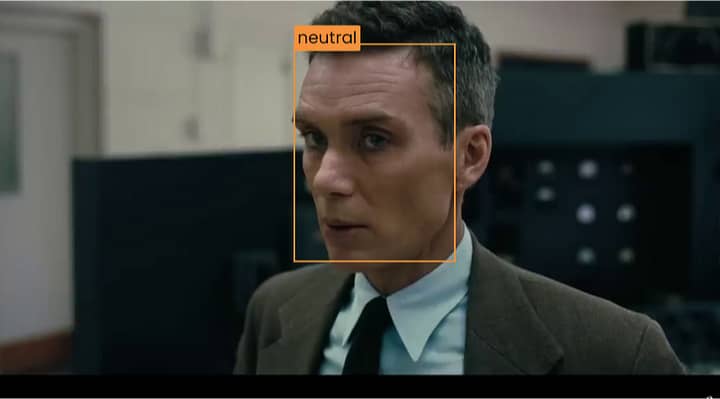
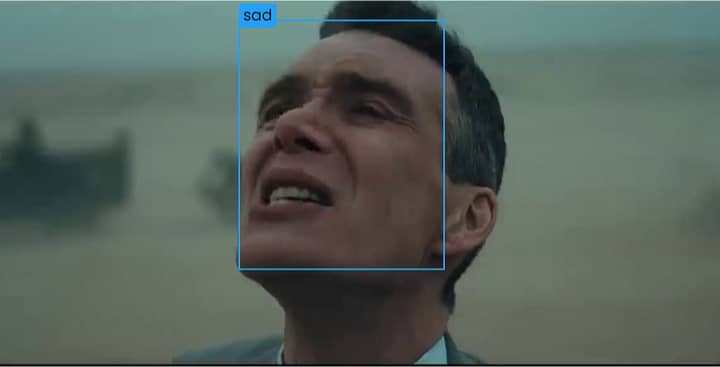
This analysis provides an understanding of the film’s genre and message. The technology also shows the clarity and intensity of emotions conveyed by the actors.
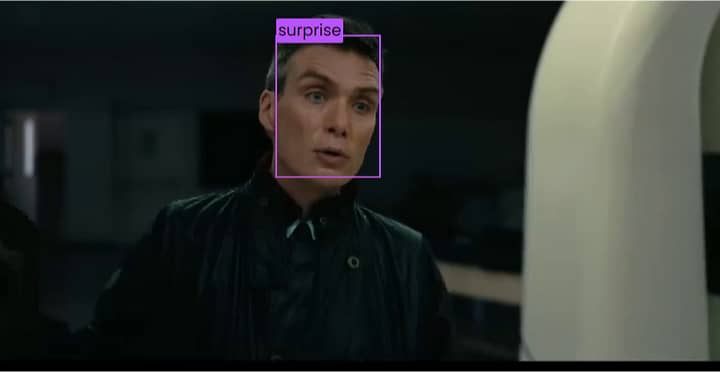
Our psychology expert analyzed the argo effect in this trailer, where attitude is prominently displayed through dramatic scenes that leave a strong impact on viewers. Additionally, featuring the name of a renowned figure, like Christopher Nolan, can increase viewer interest and help achieve recognition.
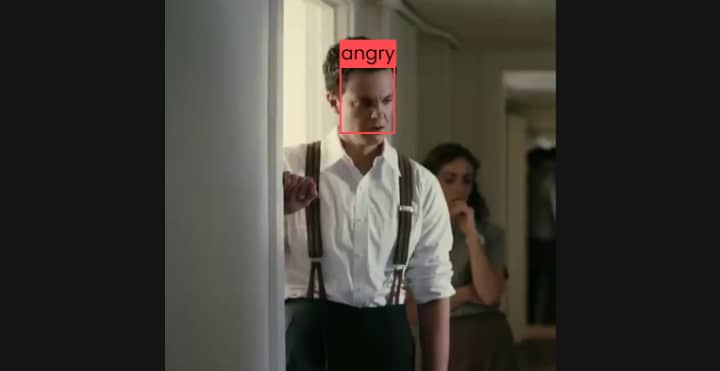
The movie “ Scream VI” aptly conveys its content through strong emotions of surprise and fear, which effectively communicates the movie’s theme and context to viewers. Understanding these basic emotions through tools like Imentiv’s technology can give insights into the genre, emotional intensity, and quality of the movie’s content.
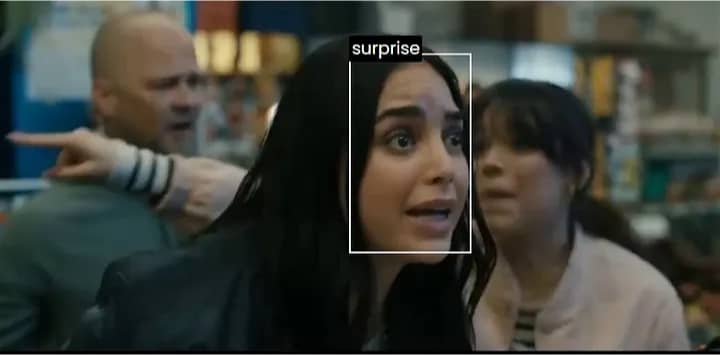
From a psychological analysis standpoint, this trailer utilizes tactics like the “foot in the door” phenomenon to create an emotional connection with viewers and effectively convey the movie’s concept and theme.
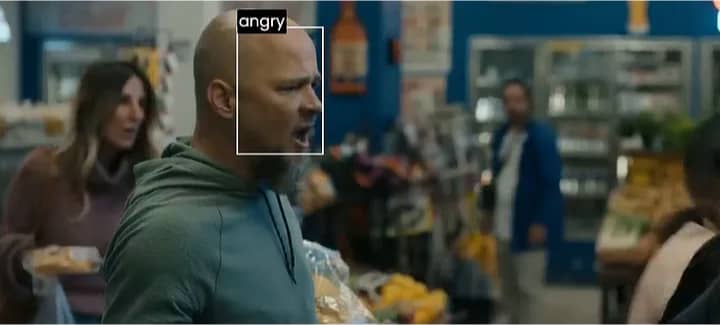
By establishing this emotional connection at the start of the trailer, the likelihood of viewers watching the entire movie is increased. This approach is a powerful marketing tool that draws on human psychology to generate interest and excitement in the movie.
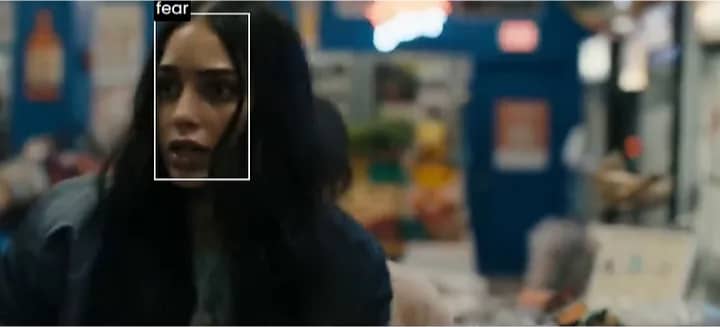
Imentiv analyzed the emotions portrayed in the superhero fiction movie trailer ‘ Guardians of the Galaxy’ and found that a combination of emotions, with neutrality and sadness, is the most prominent.
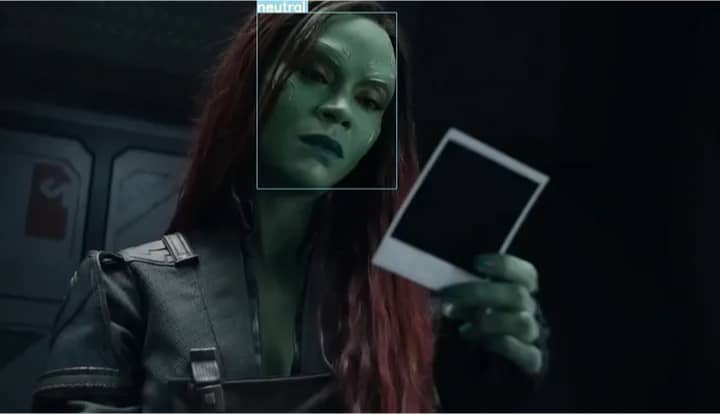
The use of animation allows for a clear understanding of the role emotions play in the movie, with sadness being particularly evident through the character’s eyes.
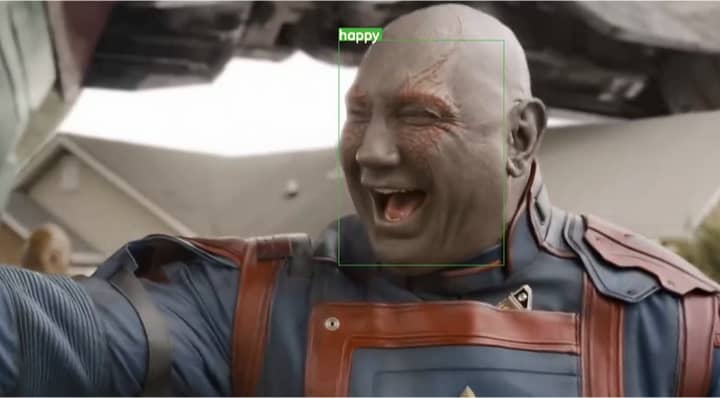
Why is evoking emotions significant for the success of a movie trailer?
Movie trailers that fail to evoke emotions in viewers may struggle to attract attention and generate interest in the movie. The lack of compelling characters, engaging plotlines, or the failure to showcase the movie’s unique themes or message can contribute to this issue. Additionally, relying too much on cheap tactics like jump scares or crass humor may turn off viewers looking for a more emotionally fulfilling experience.
Creating emotional impact is a critical element for a movie trailer’s success. Certain movie trailers either give away too much or lack clarity. For instance, in 2011, FilmDistrict, the distributors of Nicolas Winding Refn’s Drive, faced a lawsuit from a Michigan resident who accused them of misleadingly promoting the movie as an action-packed racing film akin to Fast & Furious, whereas the movie had minimal driving scenes.
At times, movie trailers do not succeed in capturing people’s attention. This may happen when they are too vague or fail to accurately represent the movie’s content. Some Hollywood examples include the trailer for the 2010 movie “The Last Airbender,” which failed to resonate with fans of the original show, and the trailer for the 2017 movie “The Mummy,” which was criticized for revealing too much of the film’s plot. Additionally, some movie trailers may be confusing or uninteresting, making them less likely to attract viewers.
So, it is clear that when people watch movie trailers, their emotions can affect whether they decide to see the movie or not. Imentiv’s emotion AI can help the production team to make the trailer better and more appealing to the audience they want to reach.
Summary:
Movie trailers are an important tool for promoting and generating interest in upcoming films. The art of creating effective trailers has evolved, with modern trailers using a variety of techniques to evoke specific emotions and create connections with the audience. Using AI technology, such as Imentiv AI, to analyze trailers for emotional impact has become increasingly popular, providing insights into a trailer’s genre, emotional intensity, and potential for success. Ultimately, the best trailers leave audiences wanting more and increase the chances of a successful release.
Visit our site imentiv.ai, upload your videos for free, and gain valuable insights today!
Terminologies:
- Argo Effect- The Argo effect is when someone behaves dramatically to influence others to comply with their needs or desires. This is often used in social or media settings to evoke strong emotions in the audience and encourage them to follow the actor’s lead.
- Foot in the door- In this phenomenon, people are more likely to say yes to big requests if they’ve agreed to small ones. It’s used to improve the chances of big request approval.